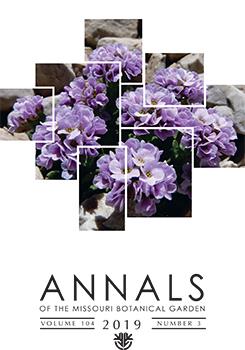Adaptation drives the diversity of form and function observed in nature and is key to population persistence. Yet, adaptation can be limited by a lack of genetic variation, trade-offs, small population size, and constraints imposed by coevolving interacting species. These limits may be particularly important to the colonizing populations in restored ecosystems, such as native prairies restored through seed sowing. Here, we discuss how constraints to adaptation are likely to play out in restored prairie ecosystems and how management decisions, such as seed mix composition, prescribed fire, and strategic site selection, might be used to overcome some of these constraints. Although data are still limited, recent work suggests that restored prairie populations likely face strong selection and that promoting the potential for adaptation in these systems may be necessary for restoring populations both now and in the face of further global change.
How to translate text using browser tools
30 August 2019
The Limits to Adaptation in Restored Ecosystems and How Management Can Help Overcome Them
Jennifer A. Lau,
Susan M. Magnoli,
Chad R. Zirbel,
Lars A. Brudvig
ACCESS THE FULL ARTICLE
contemporary evolution
ecological restoration
genetic diversity
rapid adaptation





